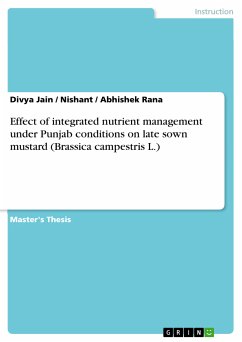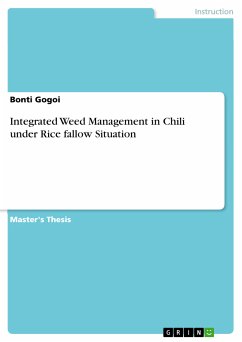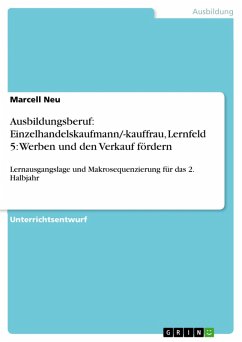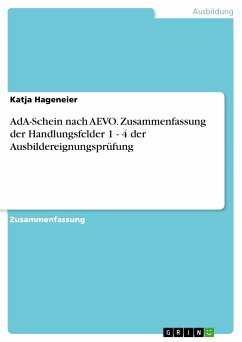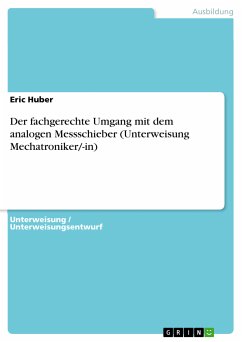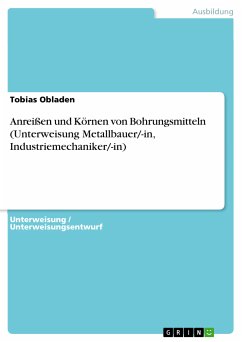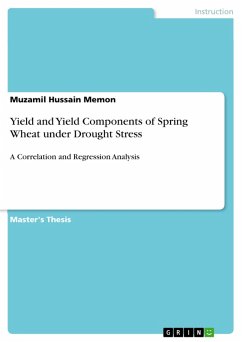
Yield and Yield Components of Spring Wheat under Drought Stress (eBook, PDF)
A Correlation and Regression Analysis

PAYBACK Punkte
0 °P sammeln!
Master's Thesis from the year 2025 in the subject Instructor Plans: Agriculture / Forestry / Gardening, , course: M.Sc Plant Breeding and Genetics, language: English, abstract: Drought stress is a major global constraint limiting wheat productivity, necessitating the identification of stable genotypes and reliable selection criteria for breeding programs. The present study was conducted at the Nuclear Institute of Agriculture (NIA), Tandojam, during Rabi 2017-18 using sixteen spring wheat genotypes, including thirteen coded lines and three local checks (Kiran-95, NIA-Sunhari, and Chakwal), eva...
Master's Thesis from the year 2025 in the subject Instructor Plans: Agriculture / Forestry / Gardening, , course: M.Sc Plant Breeding and Genetics, language: English, abstract: Drought stress is a major global constraint limiting wheat productivity, necessitating the identification of stable genotypes and reliable selection criteria for breeding programs. The present study was conducted at the Nuclear Institute of Agriculture (NIA), Tandojam, during Rabi 2017-18 using sixteen spring wheat genotypes, including thirteen coded lines and three local checks (Kiran-95, NIA-Sunhari, and Chakwal), evaluated under three irrigation regimes (T1 = zero, T2 = two, and T3 = four irrigations). Significant genetic variability was observed among genotypes and treatments for most agronomic traits, including relative water content, tillers per meter², plant height, peduncle length, spike length, spikelets per spike, grains per spike, 1000-grain weight, biological yield, grain yield, and harvest index. Correlation analysis revealed that grain yield was consistently and strongly associated with biological yield (r = 0.87** under T1; r = 0.87** under T2; r = 0.88** under T3) and with harvest index under higher irrigation (r = 0.65**). The overall correlation across environments confirmed significant positive associations of grain yield with biological yield (r = 0.89**) and harvest index (r = 0.66**). Genotypes such as CIM-04-10, C5-13-4a, and C2-98-8 demonstrated superior performance across multiple traits, while NIA-Sunhari excelled among local checks. These findings suggest that spike length, peduncle length, grains per spike, biological yield, and early heading can serve as effective selection criteria for improving spring wheat productivity under drought stress. The study underscores the potential of correlation and regression analysis in identifying key yield components to guide future wheat breeding strategies under water-limited conditions.
Dieser Download kann aus rechtlichen Gründen nur mit Rechnungsadresse in A, B, BG, CY, CZ, D, DK, EW, E, FIN, F, GR, HR, H, IRL, I, LT, L, LR, M, NL, PL, P, R, S, SLO, SK ausgeliefert werden.




